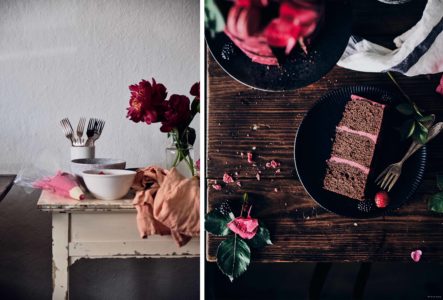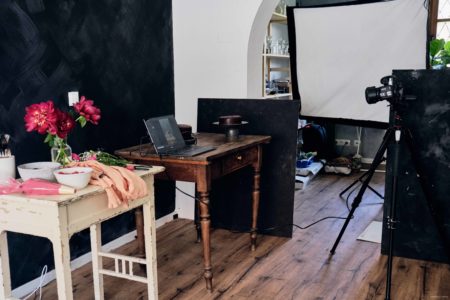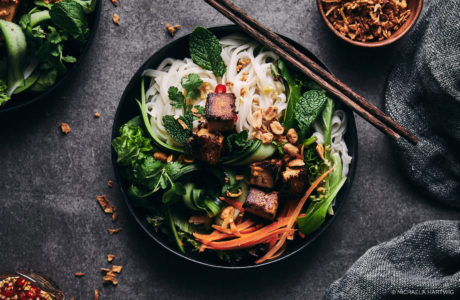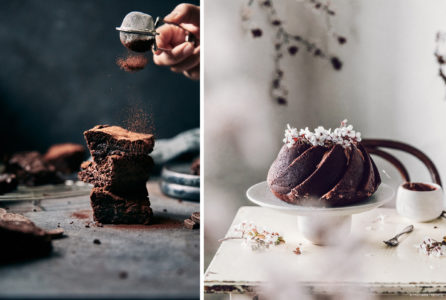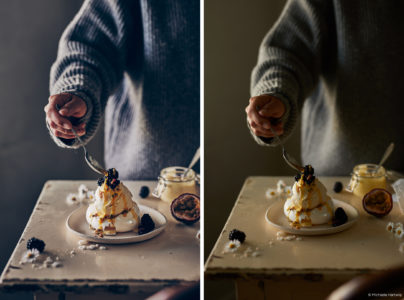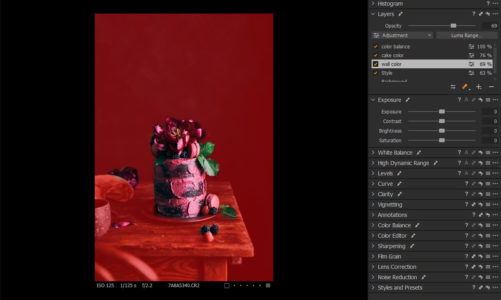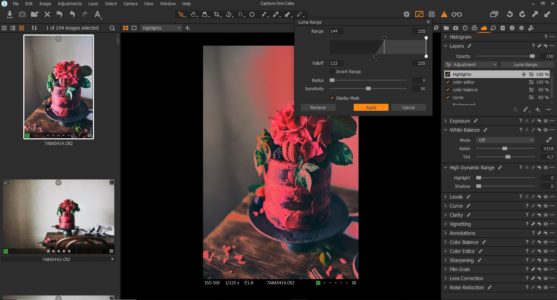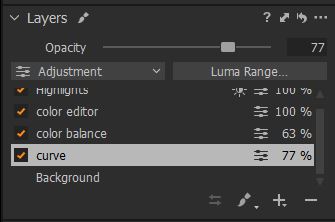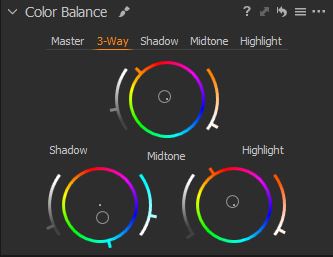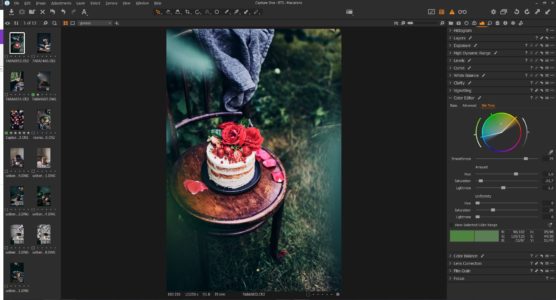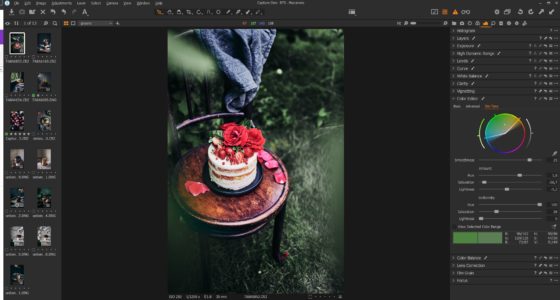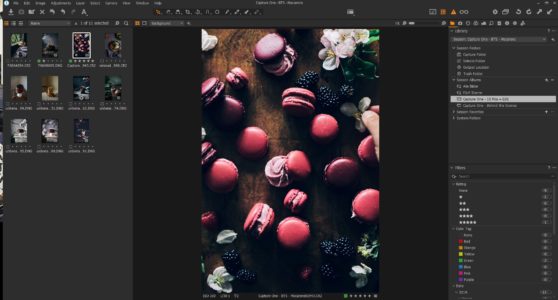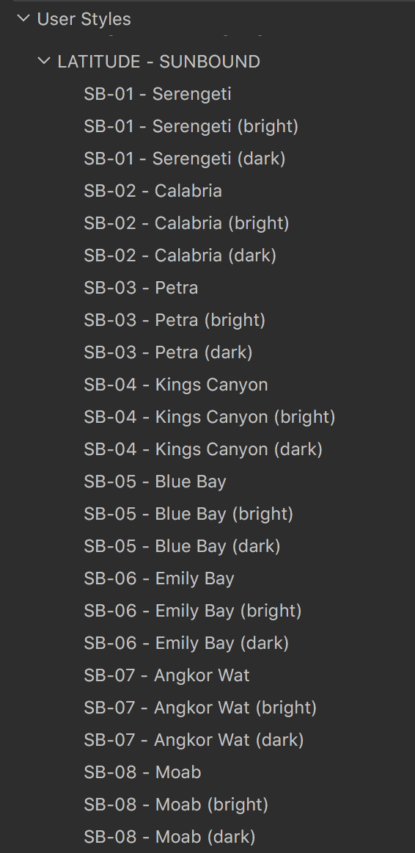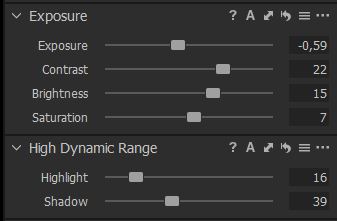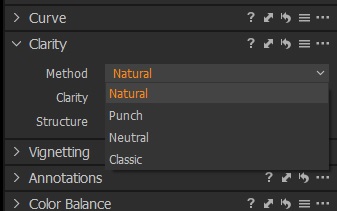NOTE: This article discusses an outdated version of Capture One. To learn more about our latest version, click here.
Diving into the unknown
When I dive into the dark abyss, I never know what I will see, who I will meet and what new knowledge I will bring to the surface with my photography and photo editing. There is a vast, incredible world underwater – one that words alone can’t convey.
My name is Alexander Semenov and I lead the scientific diving team at the White Sea biological station of Moscow State University and search, shoot and collect live material for field practice. For the past 15 years, I have dived almost every day for months in a row. 12 years ago, I began practicing underwater photography to share the fantastic world that I get to see with my own eyes as a marine biologist.
Every dive for new photos is an adventure – one that cannot be compared with studio shooting or wildlife photography on land. My work is further complicated by the fact that I shoot subjects which only grow to a maximum of a few centimeters, or do not grow at all. They can be completely transparent, blend into the environment or disappear in the blink of an eye. As a marine biologist, however, I also know what to look for.
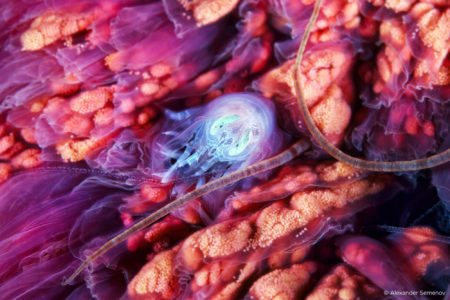
By capturing mesmerizing creatures in their natural habit, I bridge the huge gulf which has grown between science and photography. In past centuries, naturalists would blend art and science, sketching plants and animals in close detail at different stages of their lives. Back then, observations formed the basis of science. Now, scientific methods are so complex and advanced that the practice of simply observing nature has fallen by the wayside. Many scientists do not devote enough time to this important and fundamental process. I find this strange, given that we live in an amazing era where you can get a detailed representation of nature at the touch of a button – something which would have taken naturalists days and weeks in the past.
Of course – it’s not nearly that simple. Especially when it comes to shooting underwater.
Risks and other challenges
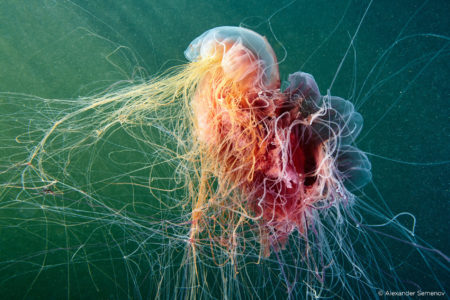
Underwater photography comes with its own unique set of challenges. You need to be quite an experienced diver, so you can hang in the water column without any movement, do your best not to breathe and focus your camera on the pixel-size black eyes above the tentacles of the transparent 1-centimeter jellyfish. It’s hard work, but a lot of fun!
Because you’re concentrating so hard on achieving the perfect shot, your reflexes need to be strong to keep you safe underwater. Otherwise, you could plunge 40 meters or rise to the surface and risk barotrauma before you even realize what is happening. Or forget about air. Or forget about your body.
Secondly, underwater cameras, no matter how advanced they are, are constantly going crazy – almost all the automatic functions of the camera don’t work correctly. I only shoot in manual mode, with manual control of flash power and with manual focus. Although autofocus copes quite well with large objects, I am in the habit of shooting manual which saves me time and ultimately allows me to take more shots.
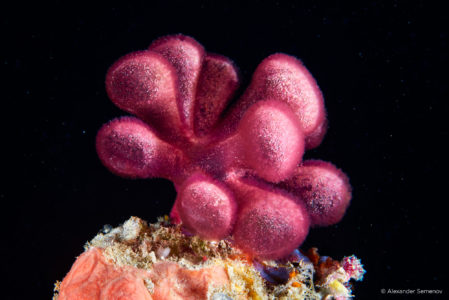
Timing is another challenge. Dives usually take from 40 to 70 minutes. In that time, you need to reach the desired depth, adjust the camera and set the light, find your objects, shoot them from all sides with all possible light schemes, and then safely pop up with all the necessary safety stops. On average, you have 20-30 minutes of actual shooting per dive. Meanwhile, preparation and the journey to the dive site can easily take 2-4 hours. With luck, this is enough to get some truly great shots.
You can’t always count on visibility, either. In some seas, it reaches 50 meters and in others, you can’t see beyond your outstretched arm. Your shot could also be affected by suspended matter, which rises from the waves, wind, heavy rain or near the mouths of rivers, and water temperature – which in the Arctic seas can reach -2 degrees Celsius and your hands stop being able to feel buttons within half an hour.
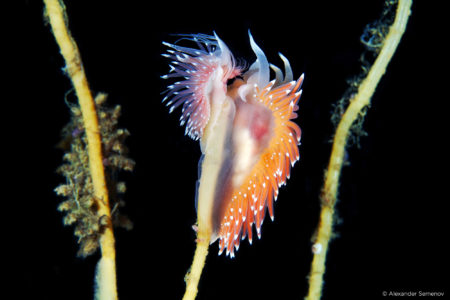
With so many challenges, it all seems incredibly difficult at first. But once you get used to it, you feel at home. Personally, I needed about 400 dives to feel confident (now I have more than 1500 dives under my belt.) Some might be comfortable after 100.
“You could never recreate these conditions in an aquarium”
So why put up with all these challenges? The animals are beautiful and unusual, and photos are great, but so what?
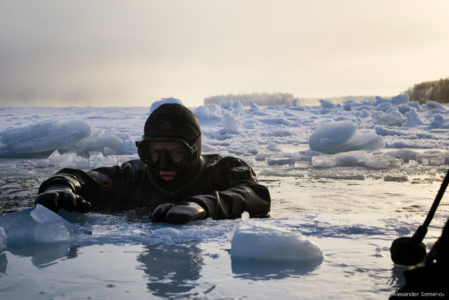
The answer is simple: you simply can’t get this kind of information any other way. Underwater photos in their natural habitat is unique subject material with great value to science and education. You could never recreate these conditions in an aquarium, and the animal would never behave naturally in a laboratory.
Some creatures can’t be placed in an aquarium at all: many of them are so gentle that one careless touch turns them into a shapeless blob of mucus, while others are so huge you couldn’t fit them anywhere – like the Lion’s mane jellyfish, which reaches 2.3m in diameter of the dome and grows tentacles up to 37 meters long, or the 42-meter long siphonophore.
The only way to truly study these animals is to go underwater with photo and video equipment. And the better your camera is and your images are, the more accurate the results.
With only a few unique photos, you already have enough material to publish an article in a high-ranking scientific journal and add something to collective global knowledge.
This is incredibly valuable content, and it’s totally worth jumping into the icy water at the edge of the world to create it.
Capture One Pro helps me pull every last detail from the ocean depths
Capturing the perfect shot is only half the battle. Processing and editing RAW files of underwater subjects can be a real challenge. You have to pull the creatures out of darkness, clean debris, bring back colors and contrast absorbed by seawater, adjust the white balance and above all – preserve the natural look.

To achieve this, you need a good display and powerful photo editing software. I use a monitor from the EIZO CG series – it’s amazing how much the quality of editing and printing have changed after the transition to their displays. Capture One Pro can calibrate EIZO monitors at the touch of a button.
Capture One Pro is my choice of image editing software, of course. When I was starting out in photography, Capture One seemed daunting so I used Apple Aperture’s more basic functions. I then tried to switch to Lightroom, but gave up after the trial version. After that, I finally decided to master Capture One Pro – and I’ve never looked back. I’ve even convinced a few dozen photographers to make the switch to Capture One Pro.
Thanks to some internal software magic, Capture One Pro’s RAW conversion engine is much better than Adobe Camera RAW or any other RAW editor. I find basic tools like exposure correction, contrast and saturation give far more natural results in Capture One Pro.
Working with color in Capture One Pro is top level and very intuitive, while the ability to work with layers – where you can change as many parameters as you want – is just fantastic. I learned about Capture One Pro’s layers not too long ago and now I don’t know how to work without them. Want to bring out every detail along the tiniest of tentacles from the murky depths but darken the background at the same time? Make a messy red a beautiful red? Recover colors from a completely dead green picture and make it look like a beautiful photo – easy! Well, not necessarily always easy – but everything is possible in Capture One Pro.
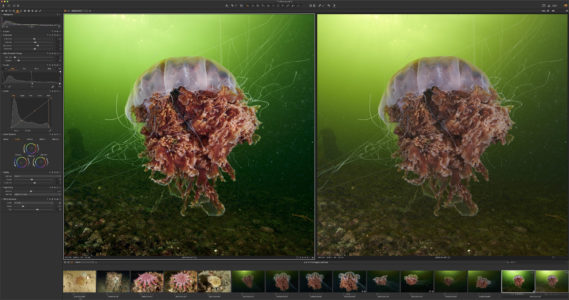
With the right tools, you can create amazing photos. Overall, my workflow in Capture One Pro is extremely fast and productive, and I’m really pleased with the results that I’m able to achieve now that Capture One Pro is my photo editing software. From time to time, I come across old archives of my photos from before I used Capture One and I always itch to rework my entire library in the new software. (If only I didn’t have the archives from the last 2 years, which I haven’t had time to process yet)
The most natural colors for scientific precision
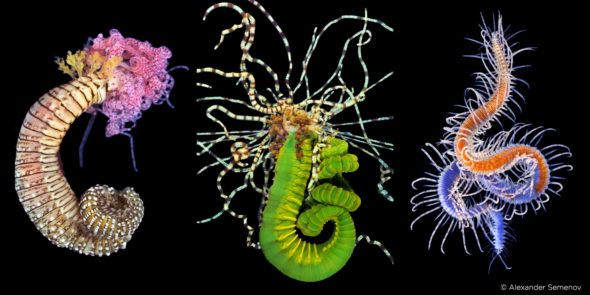
The possibilities of Capture One Pro are so advanced that you can do absolutely anything – create any mood, shift the shadows and experiment as much as you want. This is great for advertising, landscape or fashion photography, but in scientific experiments the colors need to be as natural as possible.
Capture One Pro lets me edit photos in a way that preserves the natural colors, but the creatures look so juicy they could easily be used as fashion models in advertising (this happens to my photos sometimes!).
The underwater world is amazing in its diversity and there is so much hidden in its depths that scientists and photographers could spend their lives trying to capture it. The most important thing is to show them in the right way.
If you don’t already have Capture One, you can download a 30-day trial and try it out.






















